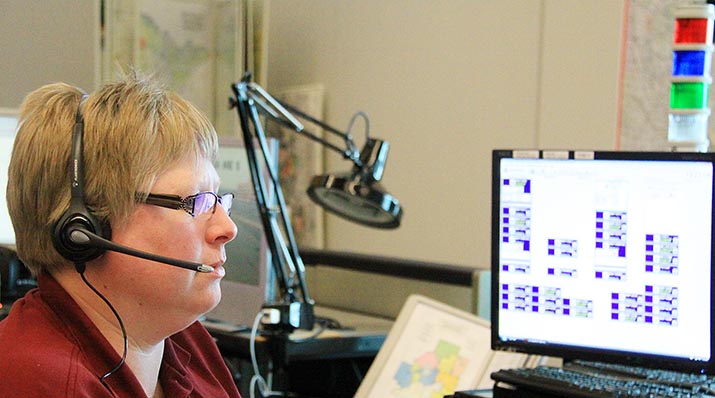Help in any language
May 9, 2019

When you’re in an emergency and you need help, sometimes it’s hard to even dial the phone, let alone find the right words to say to a 911 dispatcher. So imagine if English wasn’t your first language. In an emergency, you’d still need to make yourself understood so that you could get the right help in the right place.
The State of Minnesota 911 Program pays for the state’s public safety answering points (PSAPs) to use a vendor called Language Line Services. Language Line provides 911 interpretation services over the phone.
Here’s how it works: When a limited-English speaker calls 911, the dispatcher will ask what language they need. The dispatcher then calls Language Line. If the dispatcher isn’t sure what language to request, the Language Line representative can help.
The dispatcher then briefs the interpreter with what they know about the caller’s situation, then adds the caller to the line. The dispatcher can then give the interpreter specific questions to relay to the caller, such as “What is your emergency?” “What is the address of your emergency?” or “Do you need an ambulance?” Later, they may give instructions to wait until police arrive or provide emergency medical instructions.
It may take the interpreter longer to relay the questions or comments than it takes the dispatcher to say them. This is because interpreters don’t translate word-for-word; rather, they work to get the meaning across. Concepts familiar to a native English speaker may need more explanation for a person from a different culture. Once the call is over, the dispatcher will say “end of call” to the interpreter before hanging up.
A look at the numbers from 2018 shows that 911 language translation is very much a needed service in Minnesota. There were nearly 10,000 calls to 911 in 2018 that needed language translation. Of those, over half (58.4 percent) were Spanish and nearly a quarter (21.7 percent) were Somali. The two other top language groups were Karen and Hmong, but throughout the year, 911 callers needed translators for a total of 53 languages, which ranged from Portuguese to Swahili to Tagalog.
From language translation to Text-to-911, the Minnesota Department of Public Safety Emergency Communication Networks division continues to work to make sure anyone can get the help they need in an emergency, no matter what language they speak, or even if they can’t speak at all.

